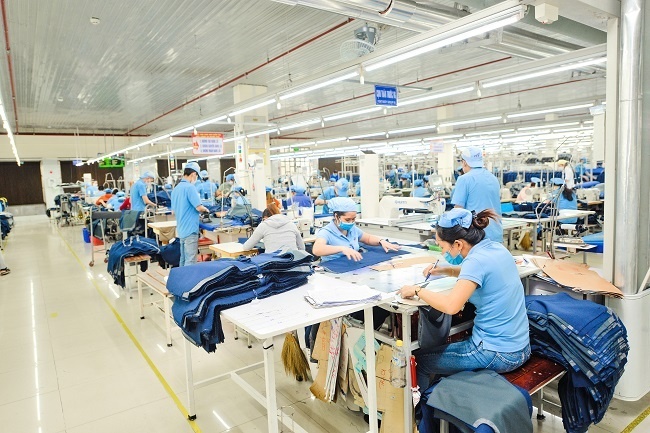Consumers are getting milked
 The price of milk in Vietnam averages $1.4 per litre against $0.8-0.9 per litre in the Europe and US markets. Why?
The price of milk in Vietnam averages $1.4 per litre against $0.8-0.9 per litre in the Europe and US markets. Why?
Theoretically, a price is based on the supply and demand situation.
Big companies, particularly foreign businesses, often operate large-scale production, target vast consumer market and sell popular items at low costs.
By contrast, small companies target a tighter market segment such as children’s milk.
Consumers, however, want to buy products of big companies with well established reputation thanks to intensive investment into brand promotion. In this case, the milk price also covers brand promotion costs.
Does this mean high product price has stemmed from businesses?
The input costs cover sales expenses, material costs, equipment depreciation and distribution costs, just to date a few. The price of milk products could hardly go down when these costs were on the rise.
Are local milk products failing to meet consumers’ demands?
Foreign or local milk products all source fresh milk.
It should be admitted that most fresh milk sources provided by farmers are of poor quality.
However, several farms in Vietnam are raising the bar.
At this time, most local firms use foreign imported materials for milk products processing, since we still do not have sufficient conditions and technology to turn fresh milk into powder milk.
Foreign milk may be good for kids, but it may not suit to Vietnamese children. For instance, in Japan and Thailand children’s powder milk does not need iodine, whereas this substance is important for kids in Vietnam.
What the stars mean:
★ Poor ★ ★ Promising ★★★ Good ★★★★ Very good ★★★★★ Exceptional
Latest News
More News
- Nearly 2,600 traffic deaths recorded in Q1, down 2pc (April 03, 2025 | 09:38)
- Vietnam delivers 3 tonnes of aid supplies to Myanmar earthquake victims (April 01, 2025 | 16:11)
- Nestlé Vietnam promotes gender equality for Vietnamese women (April 01, 2025 | 13:48)
- Vietnam’s Ministry of Public Security team begins rescue operations in Myanmar (March 31, 2025 | 16:17)
- Vietnamese rescuers to operate in hardest-hit area by earthquake in Myanmar (March 31, 2025 | 16:14)
- MSD ties with Ministry of Health on HPV projects (March 31, 2025 | 11:52)
- Promoting IP education at schools in Vietnam (March 27, 2025 | 08:00)
- PM calls for bold policies to drive education, healthcare development (March 26, 2025 | 12:00)
- FLC appeal hearing postponed, giving more time for compensation (March 26, 2025 | 11:55)
- Cross-border drug trafficking ring busted in Quang Binh province (March 21, 2025 | 16:35)


















 Mobile Version
Mobile Version